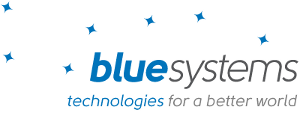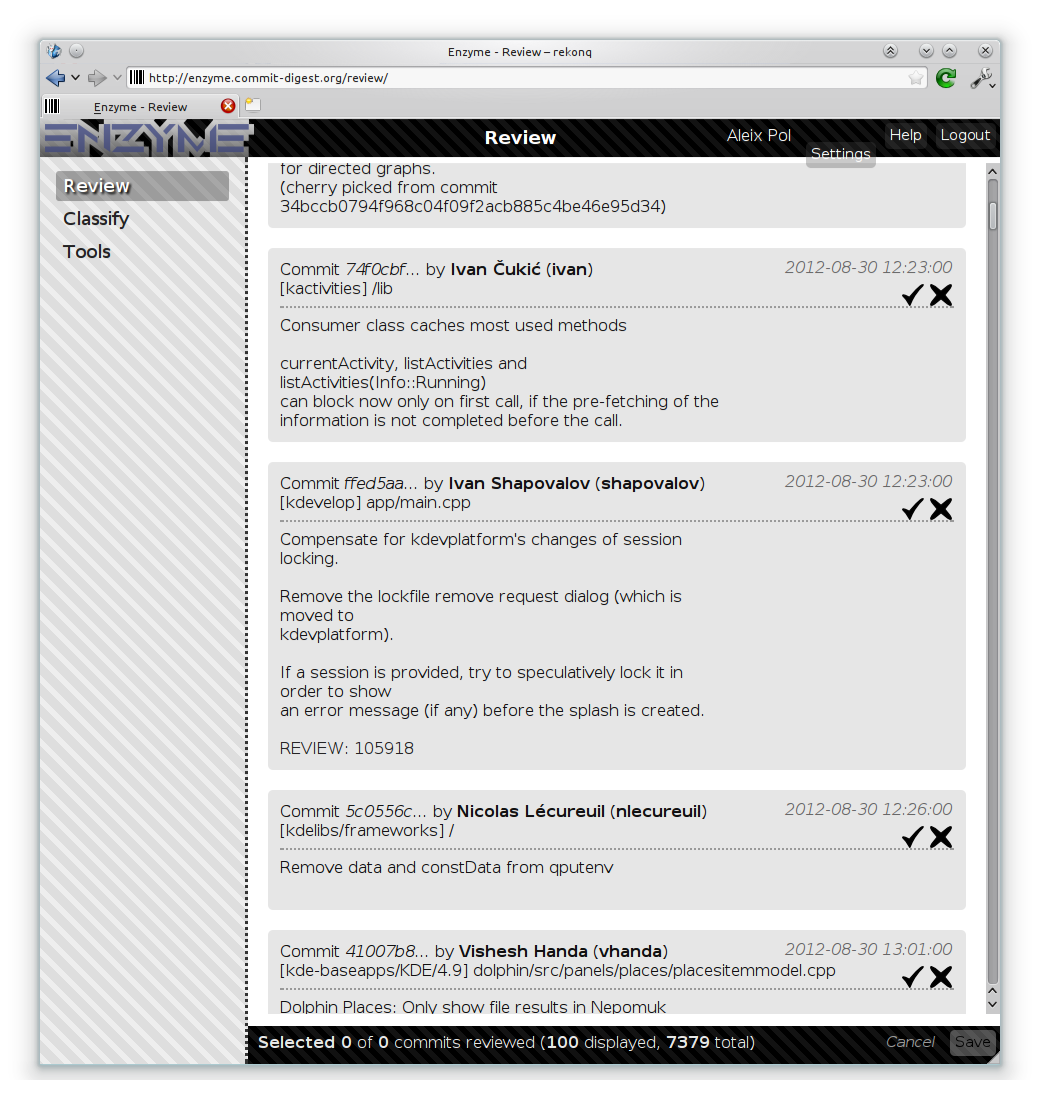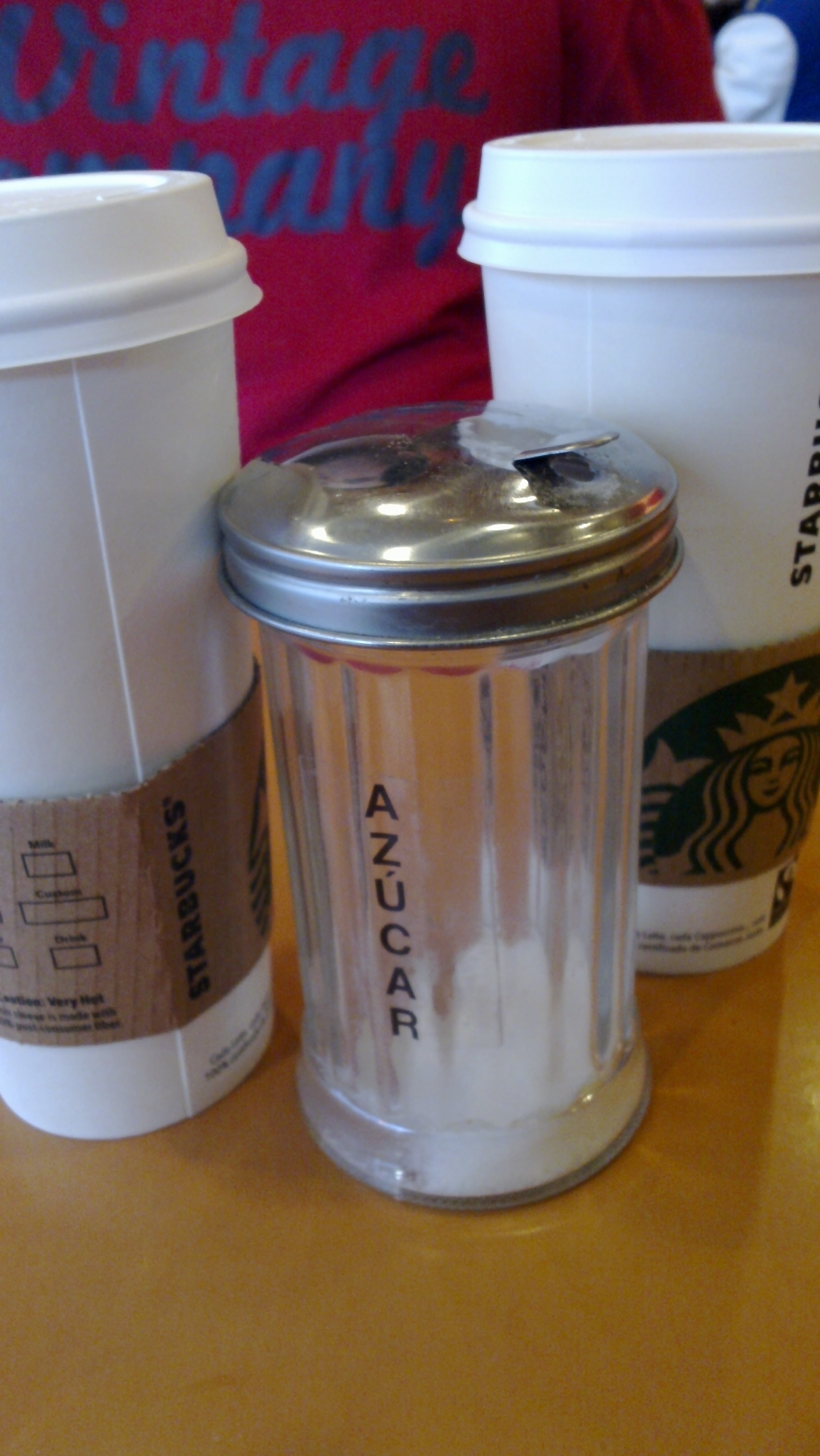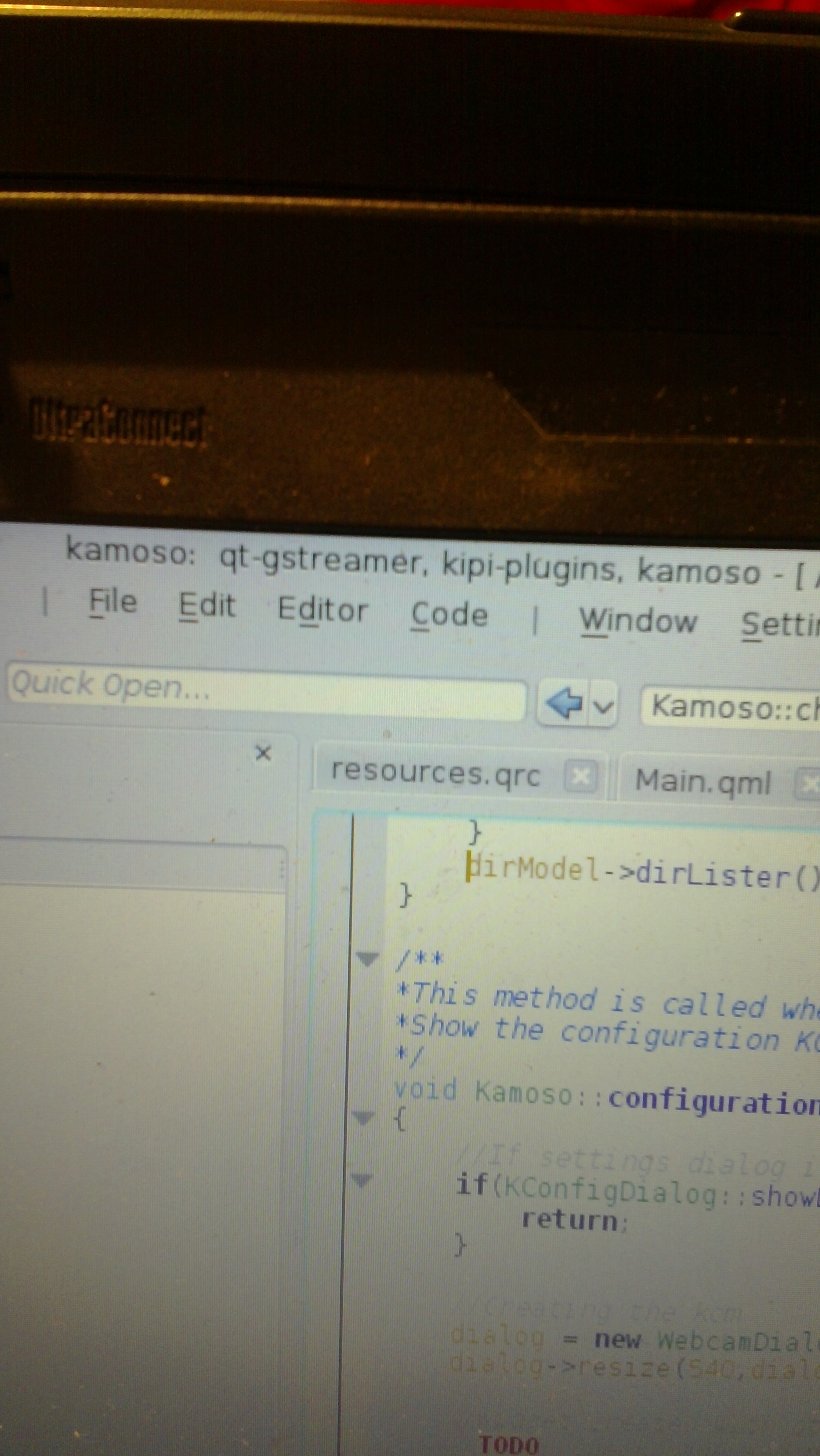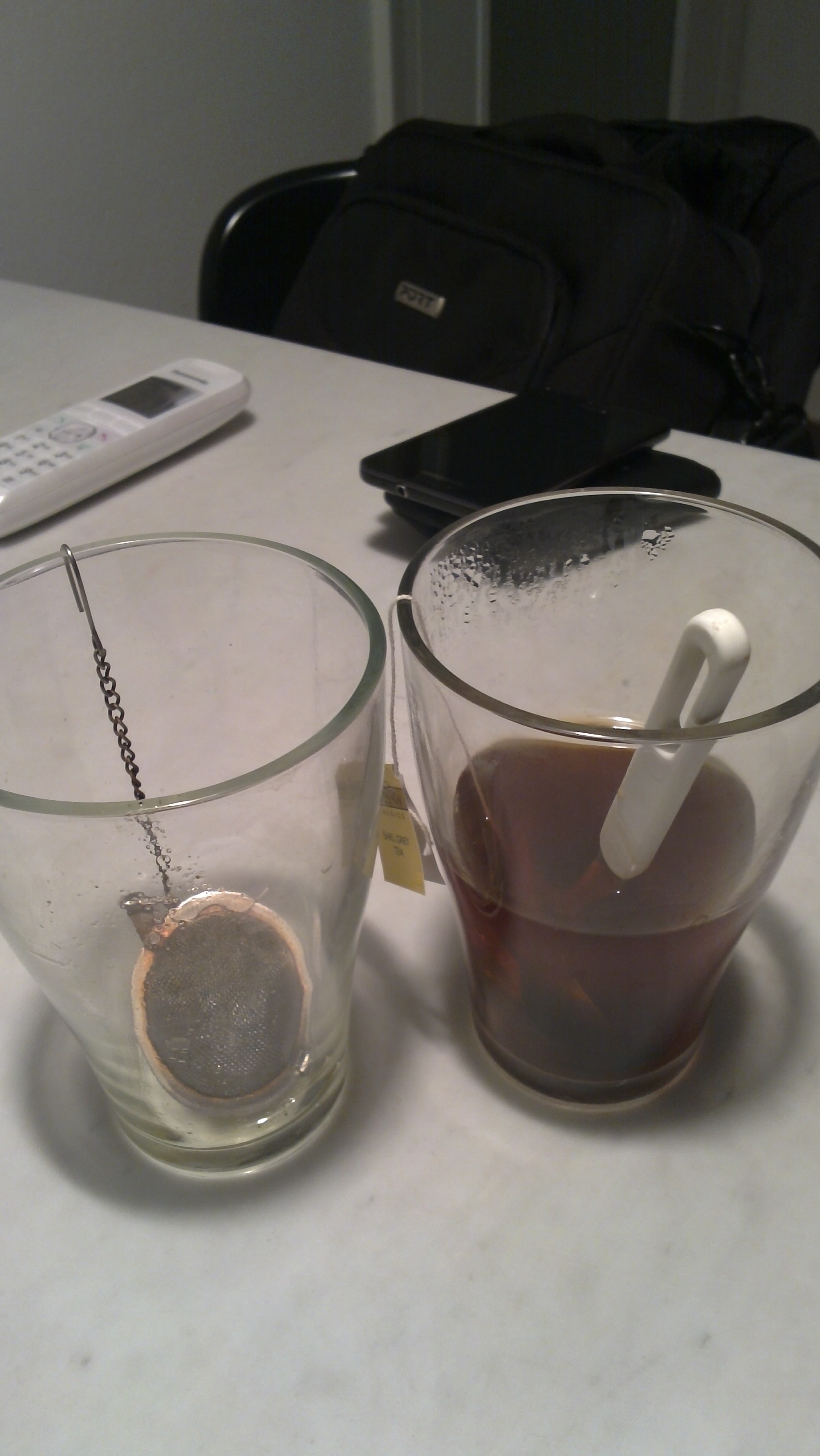A new Muon release is approaching and I wanted to use this occasion for sum up a little what happened in the Muon area, in view of the forthcoming 2.0 version.
The first thing you’ll notice is the version bump from 1.5 to 2.0. This is because the whole suite had 2 big changes. Firstly, Jonathan reworked libqapt which will be seeing a 2.0 version as well, and I refactored Muon’s internals so that we could have different back-ends in it.
I’m excited about this last change; not only for the features it’s already providing, like the KNS and Bodega backends, but for where I’d like it to go in the near future. We’ll know more about it soon though. 🙂
Another important change, was that we moved some of the Discover UI from QML to better integrate with the rest of KDE applications, specially by using a native scroll bar and prefer the main window’s toolbar to our custom buttons. I’m not much of a graphical person, but I’m quite happy about the result. I hope you are as well.
Here there’s a small video I made for you to see what’s going on in Muon Discover 2.0. I hope you like it and I hope you want it. 🙂
Cheers! \o/
